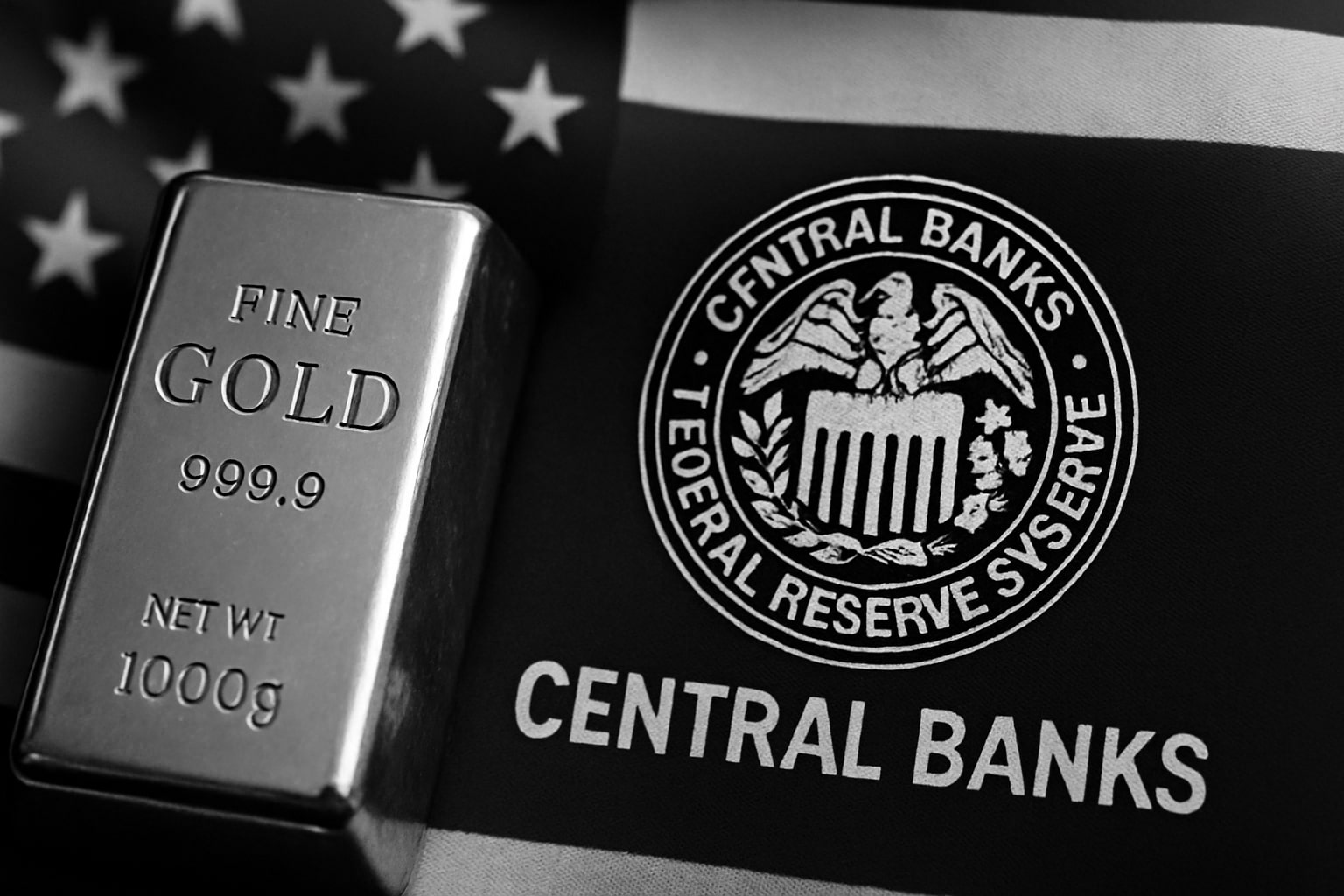Gold Price Faces Downward Pressure Amid Trade Optimism and Rising U.S. Bond Yields
XAU/USD Price Analysis: Gold Struggles to Maintain Uptrend Amid Shifting Global Sentiment
Gold prices have faced significant pressure over recent trading sessions, dropping to a one-month low below the $3,150 mark on Thursday. A multitude of factors has driven this decline, including the ongoing optimism surrounding the U.S.-China trade negotiations and rising U.S. Treasury bond yields, which have undermined demand for the traditional safe-haven asset. Currently trading around $3,120, the precious metal appears to be caught in a tug-of-war between positive geopolitical developments and economic data that suggests a potential slowdown in Fed rate cuts. Traders are closely eyeing the upcoming U.S. Producer Price Index (PPI) data and Fed Chair Jerome Powell's speech, which are expected to provide new insights into the Federal Reserve’s stance on monetary policy and potentially dictate the next move for gold prices.
Impact of U.S.-China Trade Talks on Gold Sentiment
Optimism surrounding the de-escalation of the U.S.-China trade war has been a major factor undermining gold’s recent strength. The announcement of a 90-day truce between the U.S. and China, which aims to reduce tariffs and ease trade tensions, has alleviated concerns about a potential economic downturn. This optimism has pushed investors away from gold, as the risk appetite grows in the wake of positive trade developments. U.S. President Donald Trump’s comments regarding the successful negotiations with China and his willingness to engage directly with Chinese President Xi Jinping to finalize a trade pact have contributed to the bullish sentiment, further weighing on gold's appeal.
Fed Rate Cut Expectations and Rising Bond Yields Pressure XAU/USD
As market participants adjust their expectations regarding the Federal Reserve’s policy actions, gold has struggled to maintain its upward momentum. Initially, investors had priced in a more aggressive rate-cut cycle from the Fed, but with the improving U.S.-China trade relations and declining fears of a U.S. recession, those expectations have been scaled back. The probability of more than 50 basis points of rate cuts in 2025 has diminished, strengthening the U.S. dollar and further pressuring gold. U.S. Treasury bond yields have risen sharply, with the benchmark 10-year yield climbing to its highest point in a month at 4.526%. Real yields (TIPS) also increased to 2.234%, reducing gold’s attractiveness as a non-yielding asset.
Technical Indicators Show Bearish Momentum for Gold
The technical outlook for gold also points to further downside potential. The overnight breakdown below the critical $3,200 support level, followed by a slide beneath the 61.8% Fibonacci retracement of gold’s strong rally in April, has sparked bearish sentiment in the market. Oscillators on the daily chart have begun to gain negative traction, suggesting that the decline could continue. Gold's failure to maintain support at the $3,200 mark has opened the door for a deeper pullback, with the next key support levels lying around $3,135-$3,133. If these levels fail to hold, gold could slide further toward the $3,100 region, with a potential retest of the $3,060 support area.
Despite the bearish pressure, any attempt to recover above the $3,168-$3,170 region, which aligns with the 61.8% Fibonacci retracement level, could encounter strong resistance near the $3,200 mark. A break above this level would suggest a potential rebound, but with the market sentiment still heavily influenced by rising bond yields and reduced expectations for aggressive Fed rate cuts, this recovery may be short-lived. Should gold regain its footing above $3,230, it could face resistance near the $3,265 intermediate hurdle, ultimately targeting the $3,300 round figure at the 38.2% Fibonacci retracement level.
Inflation Data and Fed Policy Under Scrutiny: Can Gold Rally Sustain?
The market’s focus is now turning toward the upcoming U.S. PPI data and Fed Chair Jerome Powell’s speech, which could offer more clarity on the Fed’s policy trajectory. U.S. inflation has shown signs of easing, with the Consumer Price Index (CPI) rising 2.3% year-over-year in April, slightly below expectations. However, the market is awaiting confirmation of this trend from the PPI data. Should the PPI show a stronger-than-expected increase, it could signal a renewed focus on inflation concerns and prompt the Fed to remain cautious in its approach to rate cuts. Conversely, weaker retail sales or inflation data could pave the way for a more dovish stance from the Fed, potentially supporting a recovery in gold prices.
Geopolitical Risks Continue to Play a Role in Gold’s Performance
Geopolitical tensions also continue to play a role in gold’s price dynamics. Although positive trade developments between the U.S. and China have provided short-term relief, ongoing tensions in the Middle East and Eastern Europe remain in the background. The recent missile intercepts in Israel and continued violence in Gaza have kept the geopolitical risk narrative alive, which typically supports gold. However, despite these risks, the overall lack of immediate safe-haven demand from investors in light of trade optimism and rising yields has been a significant headwind for the yellow metal.
Outlook for Gold: Limited Upside Amid Strong Headwinds
The outlook for gold remains clouded, with the precious metal facing several headwinds that make a strong rally seem unlikely in the near term. While geopolitical risks and inflationary pressures continue to provide some support for gold, the optimism surrounding U.S.-China trade relations, the increase in U.S. Treasury yields, and a more cautious Fed have all contributed to a challenging environment for the yellow metal. Despite the technical indicators pointing toward potential downside, traders are likely to stay cautious ahead of key data releases, particularly the PPI and Powell's speech. The price of gold could find temporary support around the $3,150 mark, but until there is a clear shift in market sentiment, any rallies may be short-lived.
Gold Price Analysis: Key Levels to Watch
For investors looking to navigate the current gold market, keeping an eye on key technical levels is essential. Gold’s failure to hold above $3,200 opens the door for further downside, with immediate support at $3,135-$3,133 and the potential for a deeper pullback to $3,100. Resistance remains firm at the $3,200 level, and any movement above this mark will likely encounter significant selling pressure. The 50-day moving average at $3,150 is a crucial support level to monitor, as a failure to hold here could signal a broader bearish trend for XAU/USD. Traders should be prepared for volatility, especially with the upcoming U.S. economic data and Fed commentary on the horizon.
Final Thoughts: Gold’s Struggle for Momentum Amid Changing Economic Landscape
Gold remains trapped in a tight range as it contends with a mix of bullish and bearish forces. While the risk-off sentiment driven by geopolitical tensions and inflationary concerns continues to offer some support for gold, the market's growing optimism regarding U.S.-China trade talks, alongside rising bond yields and reduced expectations of Fed rate cuts, has made it difficult for the precious metal to sustain upward momentum. As such, investors should be cautious and prepared for further fluctuations, particularly as the U.S. economic data releases and Fed Chair Powell's speech provide fresh insights into the future path of U.S. monetary policy. The current price action suggests that gold may continue to face strong resistance at key levels, with any rally needing to overcome significant headwinds before it can resume its upward trajectory.




















